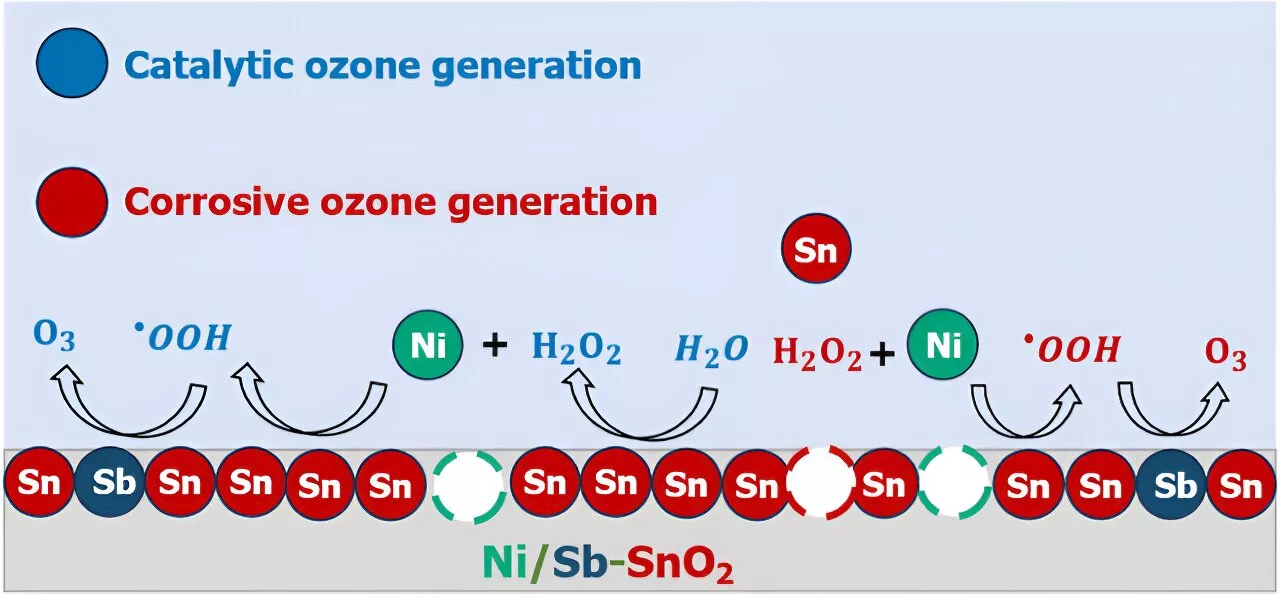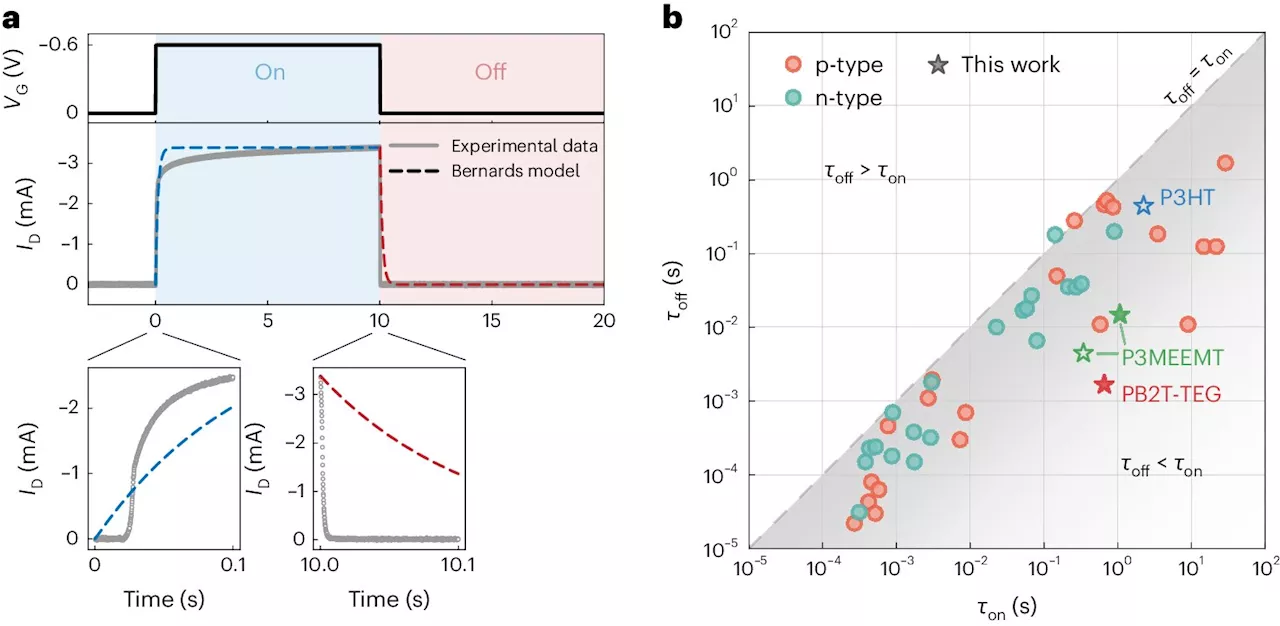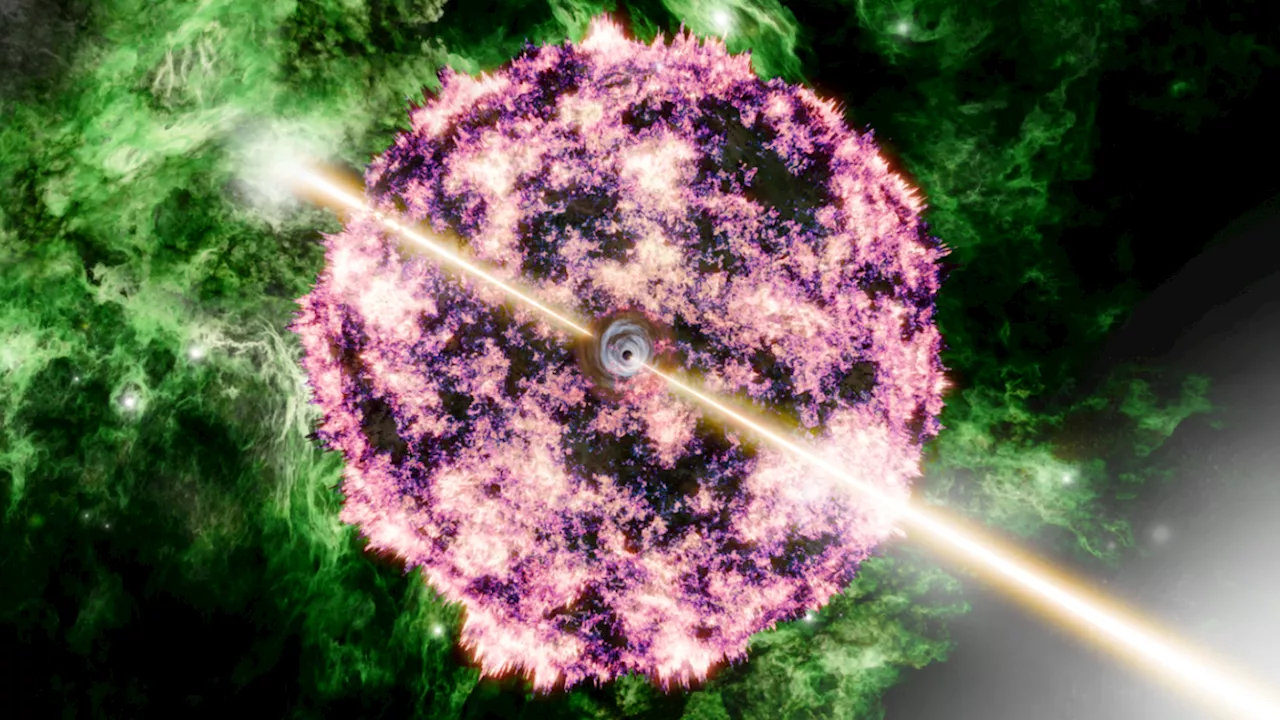Science, Space and Technology News 2024
Researchers at the University of Pittsburgh, Drexel University, and Brookhaven National Laboratory are studying electrochemical ozone production to create a sustainable alternative to chlorine-based water disinfection. Their work focuses on understanding the molecular processes behind EOP to develop efficient, cost-effective catalysts.
“EOP for sustainable disinfection would make a lot of sense in some markets, but doing it requires a good enough catalyst, and because nobody has found a good enough EOP catalyst yet, EOP is too expensive and energy-intensive for broader use. My colleagues and I thought if we could decode at the atomic level what makes a mediocre EOP catalyst work, maybe we could engineer an even better EOP catalyst.
“If we want to make a better electrocatalyst, we need to understand what parts are working and not working. Factors like metal ion leaching, corrosion, and solution phase reactions can give the appearance that a catalyst is working one way when actually it is working another way.”
United States Latest News, United States Headlines
Similar News:You can also read news stories similar to this one that we have collected from other news sources.
 Engineers solve 'catalysis vs corrosion' mystery in electrochemical ozone productionResearchers at the University of Pittsburgh and Drexel University in Philadelphia, along with Brookhaven National Laboratory, are working to solve a multipart mystery to make water disinfection treatments more sustainable.
Engineers solve 'catalysis vs corrosion' mystery in electrochemical ozone productionResearchers at the University of Pittsburgh and Drexel University in Philadelphia, along with Brookhaven National Laboratory, are working to solve a multipart mystery to make water disinfection treatments more sustainable.
Read more »
 Organic electrochemical transistors: Scientists solve chemical mystery at the interface of biology and technologyResearchers who want to bridge the divide between biology and technology spend a lot of time thinking about translating between the two different 'languages' of those realms.
Organic electrochemical transistors: Scientists solve chemical mystery at the interface of biology and technologyResearchers who want to bridge the divide between biology and technology spend a lot of time thinking about translating between the two different 'languages' of those realms.
Read more »
 Scientists find new paths to steer and optimize electrochemical processesOptimizing electrochemical reactions is essential for the transition to renewable energies. In electrochemical reactions, electric currents and potential differences are used to binding and induce reactions. Electrochemistry is a pre-requisite for hydrogen production, and for battery technology, and thus for sustainable chemistry.
Scientists find new paths to steer and optimize electrochemical processesOptimizing electrochemical reactions is essential for the transition to renewable energies. In electrochemical reactions, electric currents and potential differences are used to binding and induce reactions. Electrochemistry is a pre-requisite for hydrogen production, and for battery technology, and thus for sustainable chemistry.
Read more »
 Scientists Solve Mysterious Origins of Powerful Cosmic ExplosionUsing the James Webb Space Telescope (JWST), scientists have finally solved the mysterious origins of the 'BOAT,' possibly the biggest cosmic explosion since the Big Bang. This event accompanied the death and collapse of a massive star located around 2.4 million light-years away. However, the absence of heavy elements like gold and platinum has opened up another celestial puzzle.
Scientists Solve Mysterious Origins of Powerful Cosmic ExplosionUsing the James Webb Space Telescope (JWST), scientists have finally solved the mysterious origins of the 'BOAT,' possibly the biggest cosmic explosion since the Big Bang. This event accompanied the death and collapse of a massive star located around 2.4 million light-years away. However, the absence of heavy elements like gold and platinum has opened up another celestial puzzle.
Read more »
 Scientists solve chemical mystery at the interface of biology and technologyOrganic electrochemical transistors (OECTs) allow current to flow in devices like implantable biosensors. But scientists long knew about a quirk of OECTs that no one could explain: When an OECT is switched on, there is a lag before current reaches the desired operational level. When switched off, there is no lag. Current drops immediately.
Scientists solve chemical mystery at the interface of biology and technologyOrganic electrochemical transistors (OECTs) allow current to flow in devices like implantable biosensors. But scientists long knew about a quirk of OECTs that no one could explain: When an OECT is switched on, there is a lag before current reaches the desired operational level. When switched off, there is no lag. Current drops immediately.
Read more »
 Scientists solve 50-year-old mystery of how the giant hole in Antarctic ice gets formedScientists found the missing puzzle piece in the 50-year-old mystery of the sea-ice opening, or polynya, in the Southern Ocean.
Scientists solve 50-year-old mystery of how the giant hole in Antarctic ice gets formedScientists found the missing puzzle piece in the 50-year-old mystery of the sea-ice opening, or polynya, in the Southern Ocean.
Read more »
